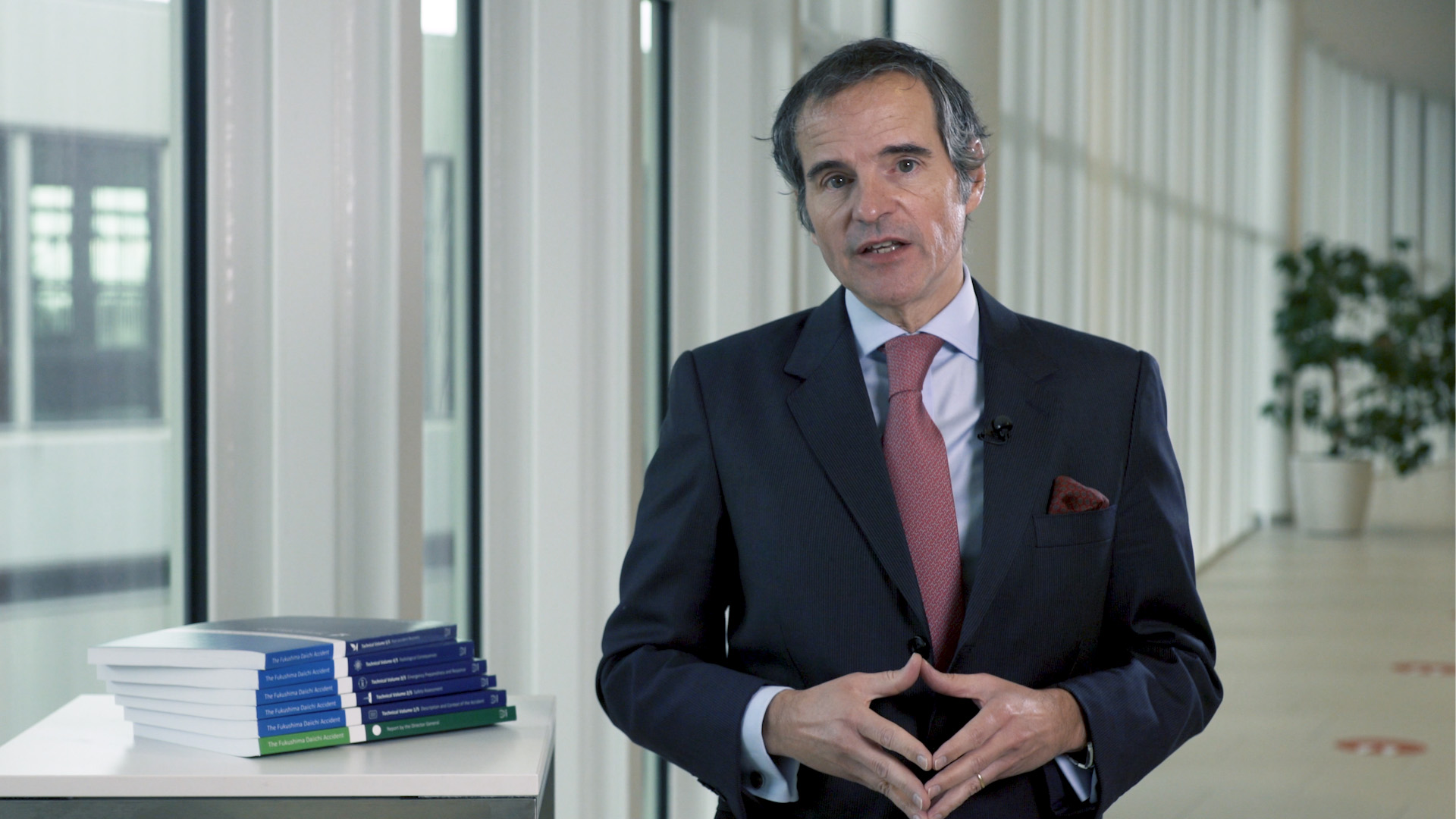On 11 March 2011, the Great Japanese Earthquake shook the Asian seabed so powerfully that it moved the main island of Japan two and a half metres to the east.
As the ensuing tsunami swept across the mainland, it breached Japan’s coastal defences including the perimeter of the Fukushima Daiichi’s Nuclear Power Plant, causing the release of radionuclides. Even so, scientists have found no evidence that this radiation caused health-related effects.
The accident prompted a concerted and coordinated response by the international community, which has led to a significant improvement in the safety and safety culture in the nuclear sector. Three months after the accident, the IAEA hosted a Ministerial Conference on Nuclear Safety and the IAEA Action Plan on Nuclear Safety was endorsed in September 2011.
Nuclear engineers worldwide poured over their reactors analysing and upgrading equipment. They shared their knowledge and findings and four years later, the IAEA published its comprehensive report on the accident.
It is important to recognize the progress made in nuclear safety in Japan and worldwide in the past decade. Nuclear is safer than it has ever been. Nonetheless, we cannot be complacent. I continue to emphasize the need to remain vigilant and put safety first. The 7.3-magnitude earthquake that hit Fukushima in 2021 is a reminder of the need to keep our safety focus.
The stakes are even higher today, because we need nuclear power to expand if we are to avoid the worst consequences of climate change.
Nuclear safety requires effective international cooperation. The IAEA is where much of this cooperation takes place. Therefore, I invite you to read this edition of the IAEA Bulletin, in which we provide an overview of the important efforts made in global safety since 2011.

